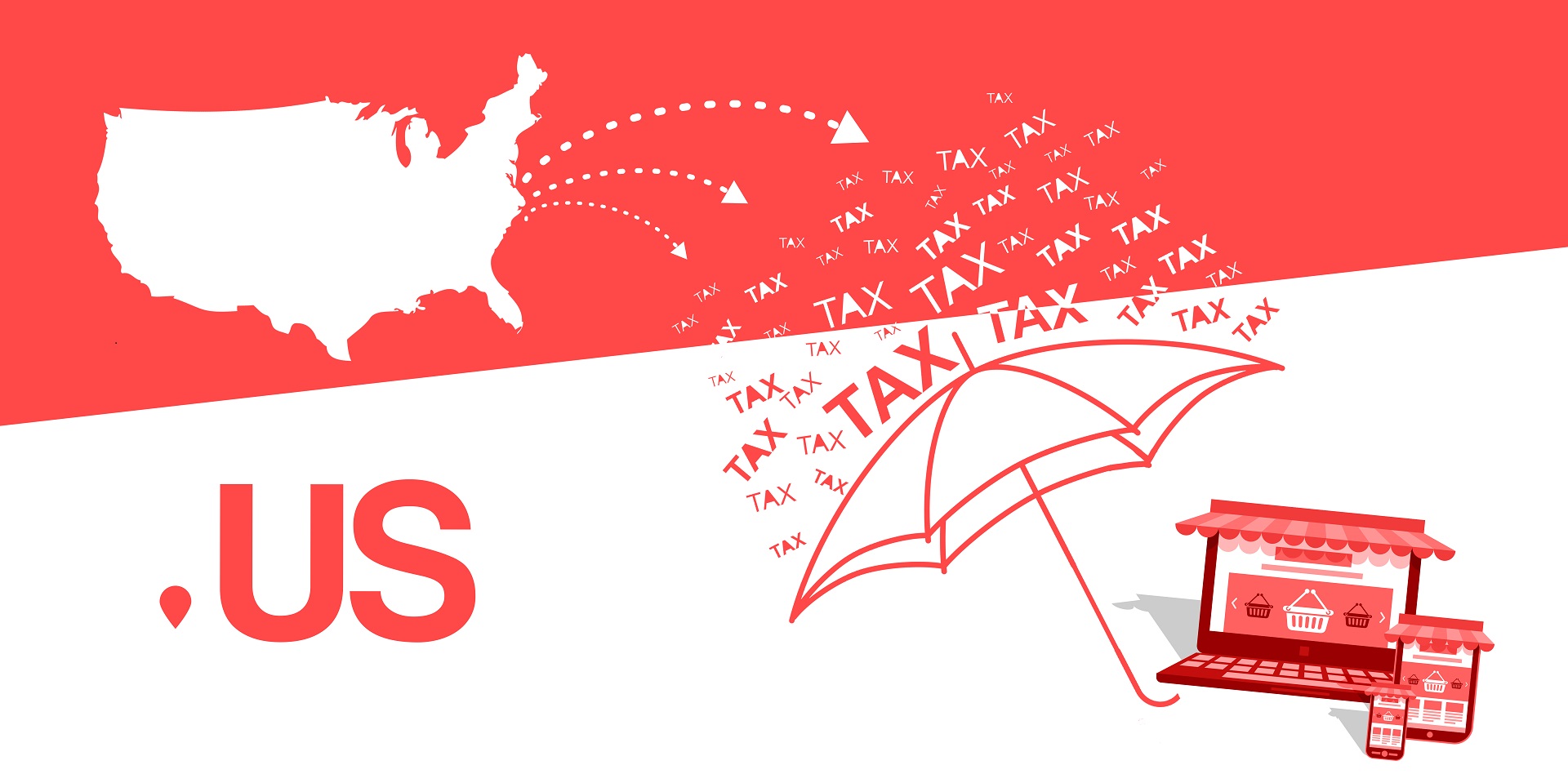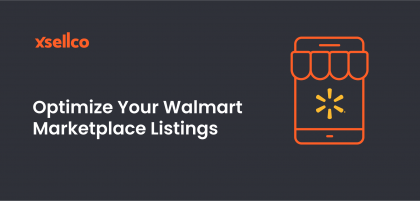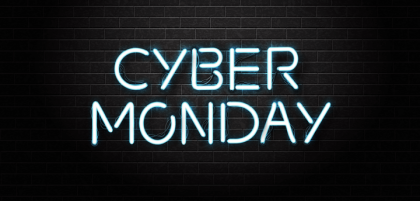Let’s say you’re a business guru, with a growing customer base and money coming in the door. While it certainly is exciting to see business booming, this growth comes with new territories, regulations, and liabilities. At times, it can seem almost overwhelming to manage the holistic support your business needs to succeed.
One challenge we often see businesses face is sales tax compliance. Believe it or not, sales tax is actually the most interesting part of business. (Okay maybe not for everyone, but certainly for us!)
Today, we’re going to go through some basic US sales tax information and some steps you can take to make sure your business is compliant, and your future is protected. We know it’s a lot of information to digest, so we’ve started at the beginning. If you have additional questions, please let us know. We really, really loving talking taxes.
Step 1. Determine Where You Have Nexus
What is Nexus?
Nexus is a fancy way of saying a business has an obligation to collect sales and use tax on taxable transactions within a state. These businesses are then expected to report and remit the tax collected.
A business has a nexus obligation when they have a designated amount of presence in a given state, this means a business can have nexus in multiple states. The triggers for nexus are determined by each individual state, and varies across the US, which results in a tricky process when trying to fully understand where a business has sales tax liability. Our Truth About Nexus guide provides more information to help you determine which states you have nexus in.
- As a general guideline, you could have nexus in a state where the following applies:
- Your operations are based in the state
- You have an employee, contractor, or affiliate in the state
- You store products in the state
- Your products are distributed from a distribution center (like Amazon) in the state
- You attended a trade show in the state
- You work with a drop shipper in the state (What’s this? Check out our post on Sales Tax and Drop Shipping)
Step 2. Sales Tax License
The next step to sales tax compliance is for a business to get sales tax permits in every state in which it has nexus. Each state has a different process for sales tax license registration . But it isn’t as complicated as it sounds. Most state websites have all the information accessible, or resources like this provide state-by-state information. This process is usually inexpensive, and free in some states.
Step 3. Collecting US Sales Tax
Once a business is registered, it’s time to start collecting sales tax! (Collecting sales tax before registering can put a target on your back for auditors, so look out for that.)
Tax rates vary depending on the state, and 45 of the 50 states collect sales tax. Things get very tricky though, as 38 of those states have local taxes broken down by county, adding up to over 14,000 different jurisdictions. (Gasp, we know.)
This can be a bit of a headache if a business decides to do sales tax by hand, but fortunately many shopping cart software providers handle this within transactions. If your shopping cart doesn’t, just make sure to charge the correct amount to customers. Businesses who charge the incorrect rate pay out of pocket down the road.
Step 4. Calculate
As filing date approaches, businesses have a few options for getting their sales tax taken care of.
Some businesses do this entire process by hand. If a company is only in one or two states, taking the time to complete this yourself could be the best option. Weighing the benefits of money saved vs time spent is the best way to determine if this option could work for your business.
Some businesses hire a CPA. This can be a great option for businesses with money to spend. CPAs provide support tailored to your business and its specific needs. It’s not cheap though, and can easily rack up a big bill.
Some businesses use a software solution. Our world is increasingly automated, and fortunately this includes sales tax solutions, like Taxify. These platforms collect transactional information, calculate total sales and tax obligations, and generate reports for recording purposes.
Step 5. File
Unfortunately, you can’t keep the US sales tax money you’ve calculated and collected. The final step in the process of sales tax compliance is remitting your sales tax and filing with the state. It’s incredibly important to keep up with your filing dates. Filing late, or not at all, increase your odds of an audit, which isn’t exactly fun, but is a part of business.
Some months you may not have a single sale in a state, but you should still file your reports if you have nexus. These are called zero filing reports. The process can be time consuming, but those automated tools we mentioned previously can ease the burden with automated remittance and record keeping. Pretty sweet, right?
US sales tax can seem stressful, but there are a ton of resources available to help you out. Check out the Taxify blog for more content like this. If you have a specific question, feel free to reach out. We’re here and happy to help.
Taxify is the first solution to give you world class sales tax software on a platform that is delightfully easy to use – and at a price your business can afford. And, our team is passionate about helping small to medium sized businesses grow by getting sales tax out of your way and off your mind. We call that Effortless Sales Tax.
What does Effortless Sales Tax mean exactly?
It means we cover every state, not a select few. We back your business with the same tax resources the Fortune 100 use. We are committed to beautiful product experiences that our customers love. Our helpful people show you the love by enthusiastically supporting you and your business.








